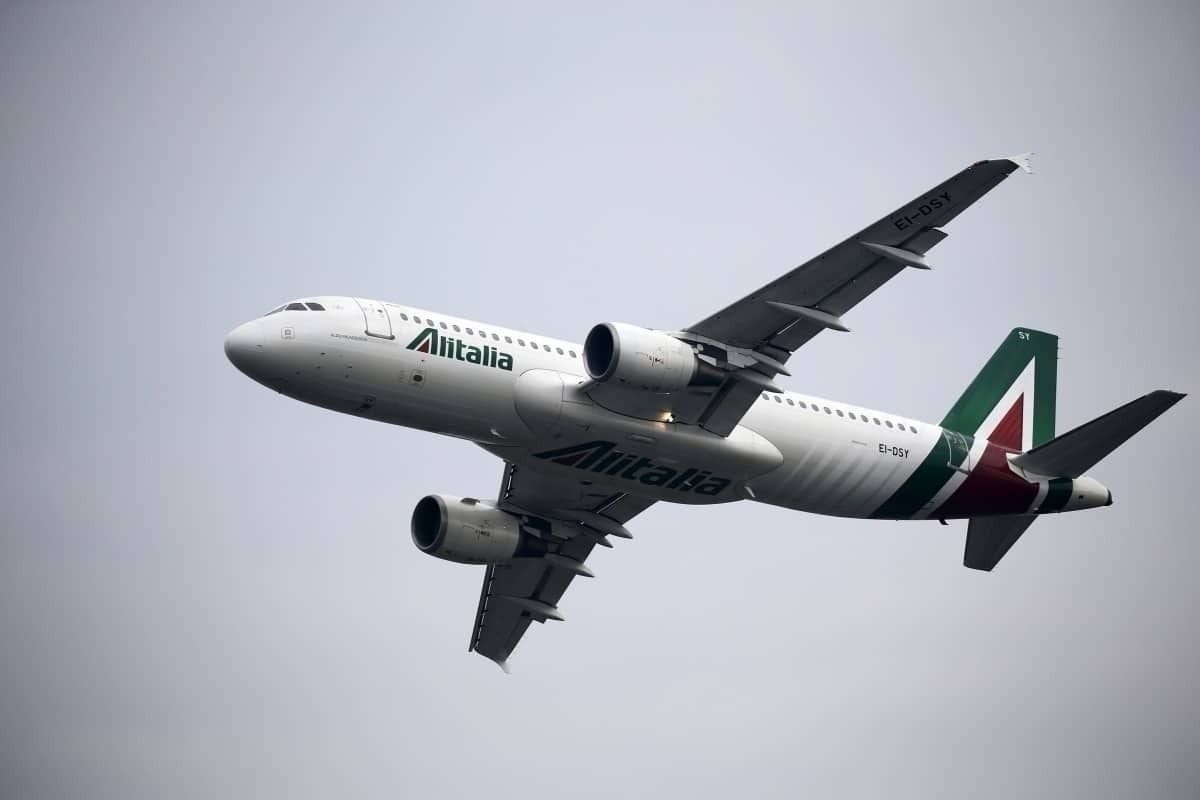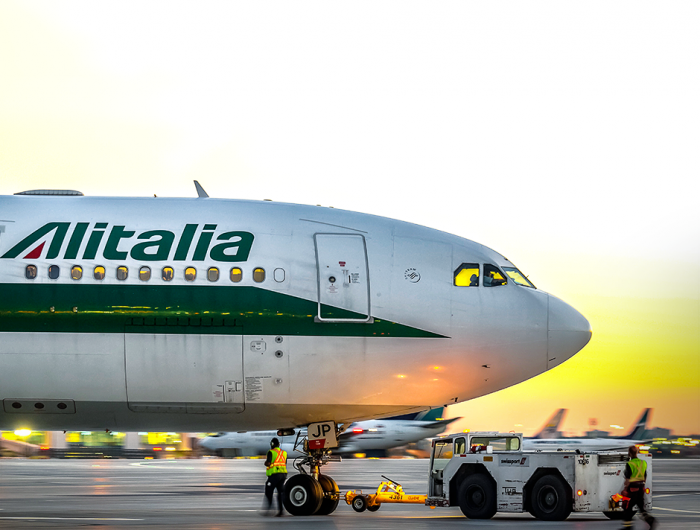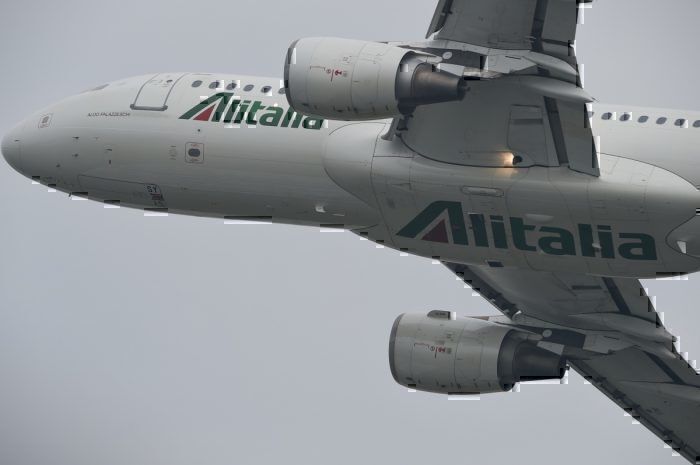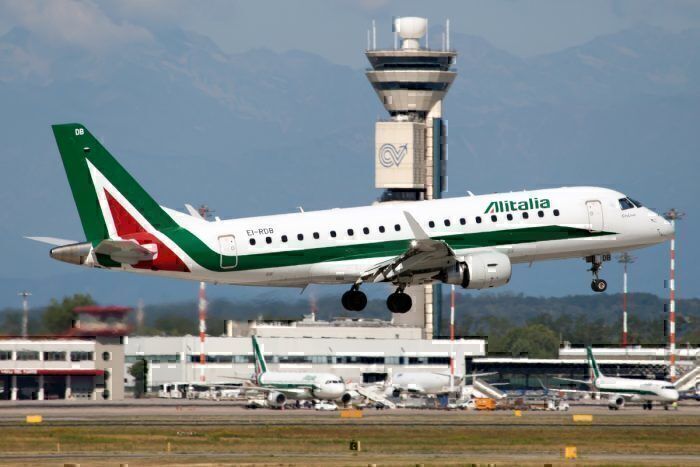Struggling carrier Alitalia is in the process of being taken over by its government. However, while the government intervention may well have been a lifeline for the beleaguered airline, the Alitalia that emerges from the other side may well look very different. Here’s what we know so far about the downsizing ambitions of the Italian government.
A mini-Alitalia
With the Italian government planning to take control of struggling airline Alitalia, word has started to emerge about what the consequences of this will be. Clearly incapable of sustaining itself in its current form, it was expected that Italy would be keen to revamp the business model of this floundering carrier. Now we know a bit more about what this could look like.
As reported in Sky News Italy yesterday, the new Alitalia is likely to be a mere shadow of its former self. It says that the government and extraordinary commissioner Giuseppe Leogrande are working on a vision that sees the new flag-carrying airline as something somewhat smaller than it is currently.
According to the report, the new Alitalia would fly just 25-30 aircraft and would employ around 3,000 people. That’s a far cry from the 93 aircraft currently in its fleet and almost 12,000 employees working for the company.
The move to reform Alitalia into something that works is a huge mission, and with no time left to sit on their laurels, the government is going to need to implement changes quickly. Liquidity is running dry, and Sky News reports that the leaders are targeting the creation of the new company in just over a month.
9,000 job losses
While slimming down its fleet and focusing on the most efficient routes is a great move for Alitalia, the swiftness by which these changes need to be implemented means employees must be worried. The idea that as many as 9,000 employees could be faced with unemployment, especially given the current climate, is not going to be met without resistance.
However, the government is aware of this, and as such has said that a worker’s representative will join the board. Right now, the unions are worried about the lack of a growth plan for the airline once the current climate settles down. A source told Reuters,
“The government said that 25-30 aircraft would only be the starting point, but we are concerned the fleet will not be expanded once the emergency is over.”
The union said in a further statement that a meeting between the ministries and the union would take place on March 30th, after which time it would know more.
What does this mean for Alitalia?
Human resources aside, the implications for a mini-Alitalia would have far-reaching consequences. While it might indeed be what the airline needs to survive and thrive, there are some hard questions to be answered in terms of its network and operations. For a start, a sub 30 plane airline would instantly become one of Europe's smallest flag carriers.
In terms of its fleet, Alitalia’s current aircraft lineup includes around 15 individuals which are approaching or over 20 years of age. In fact, if we took that age down to 10 years or less, around 50-60 aircraft could be facing retirement. Getting the old ones out, and perhaps even following in the footsteps of SAA and leasing newer, more efficient aircraft, would enable Alitalia to run a far more profitable operation.
Looking at its network, clearly, its current spread of almost 100 destinations could not be maintained if the airline was downsized. Likely the decision on which stay and which go will be made with a calculator, looking at revenue, load factors and the associated costs of operation. Even so, Italy will likely choose to keep most transatlantic routes for the sake of important connectivity.
What do you make of the idea of a mini Alitalia? Let us know in the comments.




